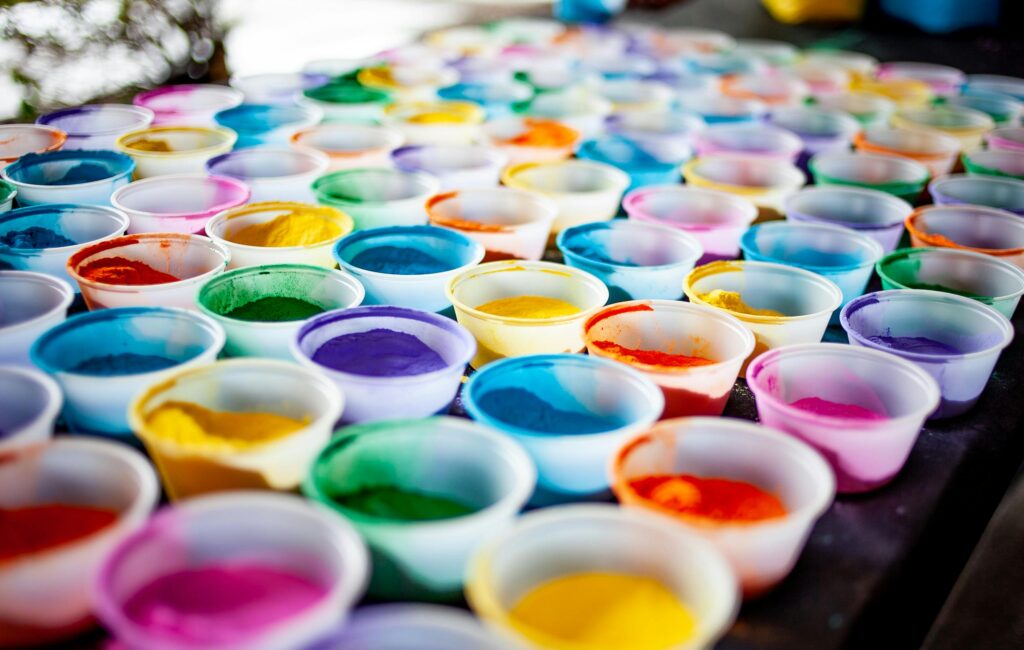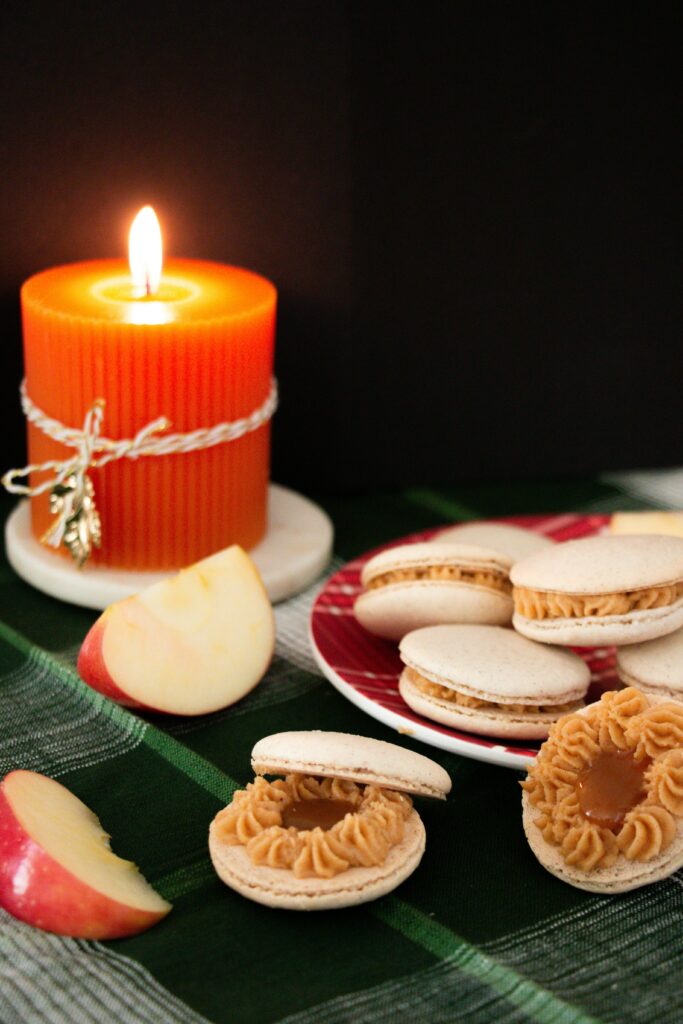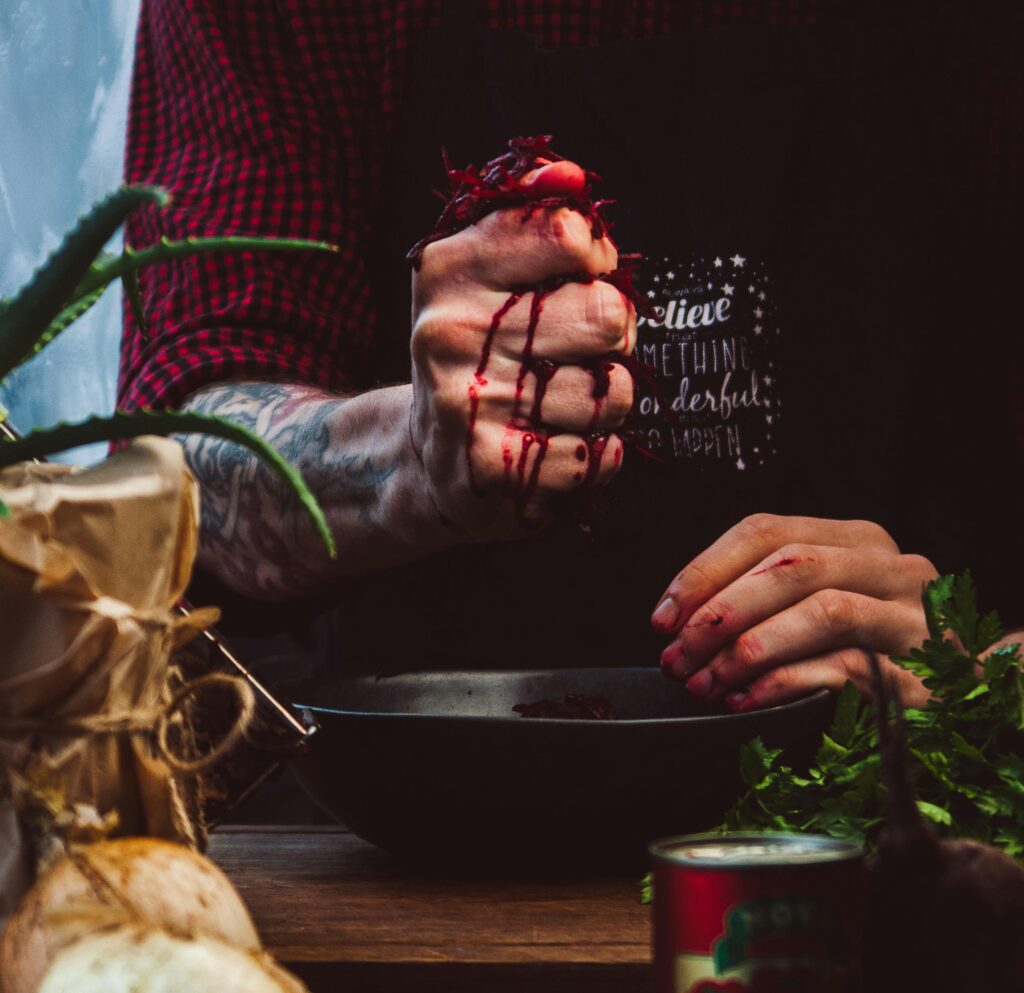Welcome, candle enthusiasts! Whether you’re curious about how to color candle wax to match the mood of your room or just want to add a splash of color to your home decor, this guide is here to help you create those amazing candles without setting your house on fire. We’ll dive into how to dye candles using both natural and synthetic dyes, ensuring that every step from start to finish is safe, easy, and fun.

Before we light the first wick, it’s important to understand a few key points about how to color candle wax effectively. Not all colors are created equal—some hues can be tricky to achieve in wax due to their chemical makeup. But don’t worry; I’m here to guide you through the process with tips and tricks that will make your candle-making journey as smooth as possible.
So, grab a cup of coffee (or tea, if that’s more your style), and let’s start this adventure together! We’ll explore everything from basic techniques for how to color candle wax to achieve vibrant colors, to natural methods for creating subtle shades. Trust me; by the end of this guide, you’ll be armed with all the knowledge needed to craft beautiful candles that are as unique as you are.
Understanding Candle Dyes
If you’re jumping into the world of candle-making with the aim to create something truly wonderful, understanding how to dye candles is a crucial skill. You might be tempted to stick with natural shades, but let’s face it—sometimes a pop of color can really brighten up your space or add that special touch to a gift. Think of candle dyes as the crayons of the wax world; they’re not just for coloring, but for adding character and charm.
Why Dye Candles?
Dyeing candles isn’t just about aesthetics; it’s also about function. Certain colors can set a mood or theme in your home. Plus, vibrant hues can make homemade gifts feel even more personalized and thoughtful. Imagine giving someone a candle that perfectly matches their favorite color—now, how cool is that?
Types of Candle Dyes
When you’re ready to start coloring candle wax or dyeing candles naturally, there are two main types to consider: liquid dyes and powder dyes. Liquid dyes offer a quick way to achieve consistent colors with minimal effort—they’re like the easy mode in video games for DIYers. Powder dyes, on the other hand, give you more control over the intensity of your hues; they can be used sparingly or liberally depending on how vibrant you want your candles to be.
How do you pick which one? It all depends on your project’s needs and your personal preference. If you’re a beginner looking for an easier route, liquid dyes might be the way to go. But if you’re feeling adventurous and enjoy experimenting with shades, powder dyes could be more up your alley.
Techniques for Achieving Vibrant Colors

Alright, let’s dive into the colorful world of candle making! You know how sometimes colors can really enhance a space or gift? That’s what we’re aiming to achieve here. We’ll cover techniques that will help you hit that sweet spot in color intensity as you’re learning how to color candle wax.
Heating and Merging
The next trick up our sleeve is heat. Heat helps your dye particles blend seamlessly with the wax, creating a smooth and even color. So don’t be afraid to turn that heat up slightly while you’re melting everything together. But hey, no need to set off any fire alarms—keep it controlled! Keep it around 175°F to 185°F (79°C to 85°C) when mixing your dyes. The good news, most fragrance oils are mixed in at these temperatures too.
Varying Techniques for Different Effects
Now here’s where things get fun: vary your techniques based on what kind of look you want. For a bold, consistent color, mix thoroughly and let the wax cool slightly before pouring into molds. But if you’re going for an artistic, marbled effect, try swirling different colors while they’re still molten. It’s like painting with fire (but safer).

Brief Marbled Candle Guide:
Step 1: Melt Your Wax
Melt your wax slowly to around 175°F to 185°F (79°C to 85°C).
Step 2: Prepare Your Colors
Divide the melted wax into two or more separate containers. Add a different colored dye into each container, stirring gently until fully mixed. Now is also the time to consider adding fragrance oils. Those must be added too and mixed thoroughly.
Step 3: Pour and Swirl
Pour your main wax color into your pre-wicked candle mold, stopping about halfway. Immediately drizzle the second color(s) gently into the mold. Use a skewer or a toothpick to lightly swirl the colors, creating your desired marbled effect. Be careful not to overmix—less is more here!
Step 4: Let it set
Now you just have to wait for the candle to set enough to be able to pull it from your mold (if you’re using a mold).
Methods for Creating Natural Shades
If you’re looking to add some natural flair to your candles, you’ll love learning how to dye candles naturally! By using simple ingredients found right in your kitchen, you can achieve beautiful, earth-inspired hues.
How to Dye Candles Naturally with Common Ingredients

Here are some commonly suggested natural colorants for candles you might see on TikTok or Instagram, however to save you some headaches, I give you better alternatives to use while learning how to dye candles naturally that are both easier to use, and also remain completely natural.
- Beet Juice:
While beet juice gives a vibrant pink or red hue initially, it’s not a stable dye in candle wax. Beet juice tends to fade quickly and may not mix evenly because it’s water-based, whereas wax is oil-based. This can result in spotting, uneven color, or fading over time.- Better Alternative: For natural red or pink shades, consider using powdered beetroot, madder root powder, or alkanet root powder instead, as these dried botanical powders blend more consistently with wax and hold color better.
- Ground Turmeric:
Turmeric powder is indeed great for achieving a cheerful yellow tone, but it also has some limitations. Turmeric can settle or create grainy texture if not finely strained, and its color can sometimes fade under sunlight or prolonged heat.- Better Alternative: Use a fine mesh or cheesecloth to strain turmeric-infused wax before pouring your candles. Alternatively, use small amounts to minimize settling and ensure even dispersion.
TIP: If you’re concerned about natural dyes influencing the scent of your candles, use them sparingly or choose subtle options like beet juice or black coffee without additives.
When learning how to dye candles naturally, select powdered botanicals and oil-based infusions for stable, vibrant, and lasting colors, ensuring your candles remain beautiful, eco-friendly, and safe.
Setting Yourself Up For Success
Learning how to dye candles naturally and artificially is a rewarding process. It adds a personal touch to your candles and ensures they’re gentle on both your senses and the environment. Experiment freely, and soon you’ll master the art of creating candles that beautifully reflect your personality and style.

Leave a Reply